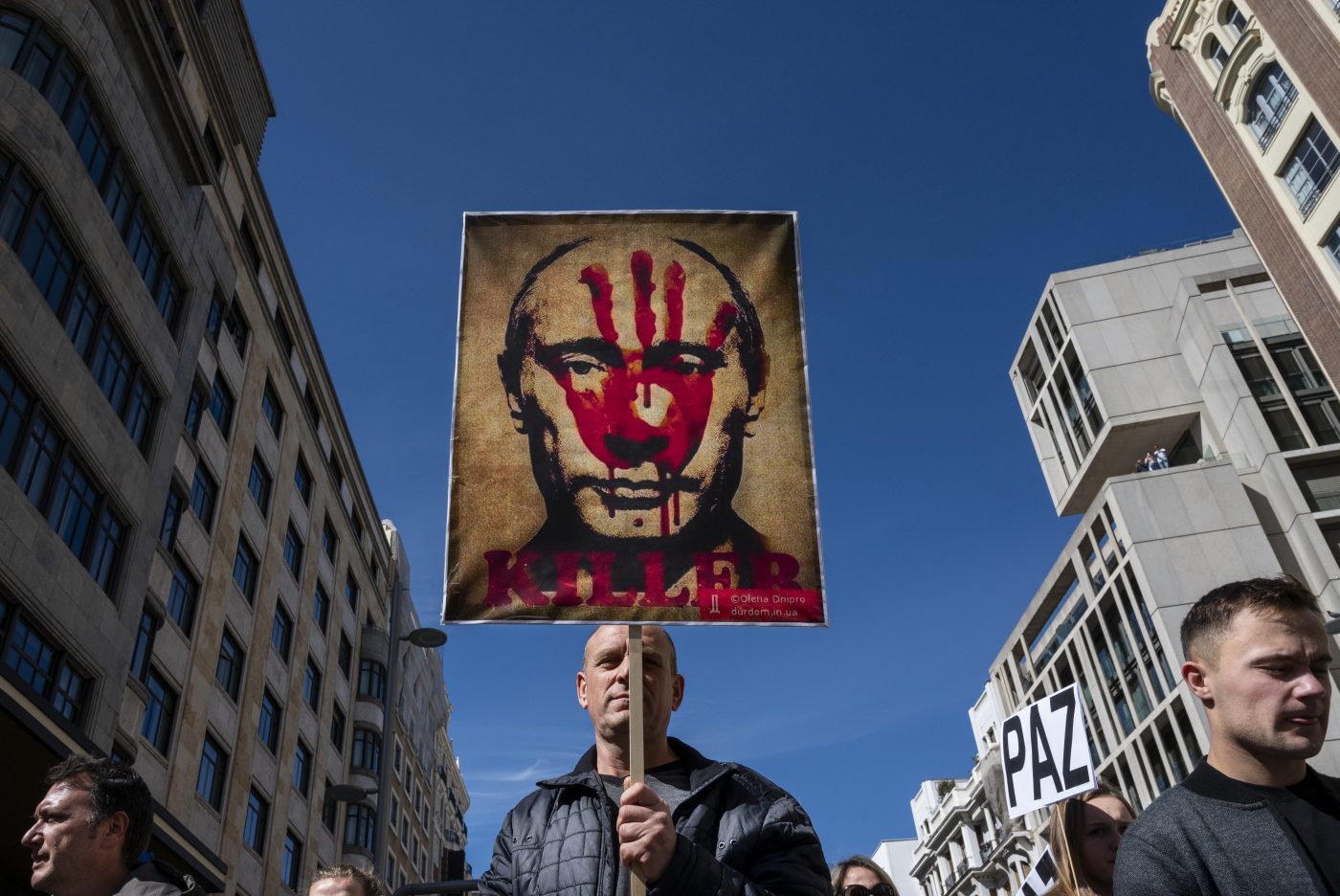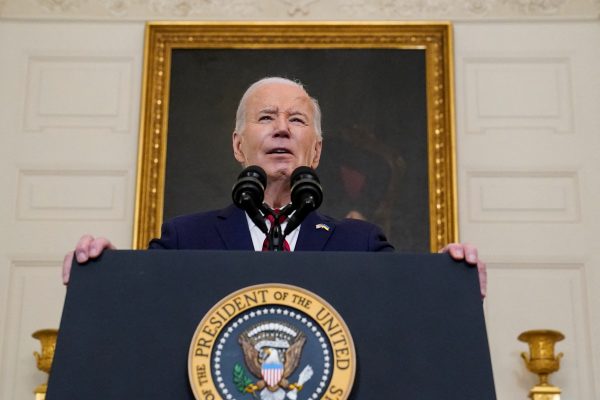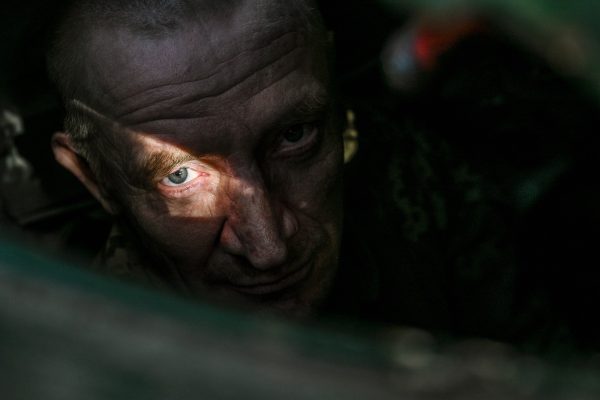What do China, India, Turkey, Armenia, the UAE, and the US have in common?
More than might appear from a casual glance. They are among the winners from Russia’s aggression against Ukraine. There are others who have benefitted too, and more — including Europe — which have averted disaster and perhaps nudged themselves towards a much-improved future with less reliance on fossil fuels.
And then there is Russia. The loser. Its armies smashed and scattered across the Ukrainian steppe; its elite soldiers dead or dismembered; its traditional energy export markets shuttered, and its economy teetering, flimsy and Potemkin-like on the brink of ruin.
It has been said too rarely that the Western oil price cap on Russian crude is having a real effect, with Urals oil trading at close to a one-third discount to Brent. Few people write about this, but many Global South nations (India, China, and others) are now benefitting hugely by securing cut-price oil, energy, and commodity supplies from Russia. The war is now producing an economic win or benefit for many low-income countries.
Forced to sell its commodities at below market prices at a cost of untold billions of dollars, the war has also sparked a very significant capital flight from Russia (who, after all, would leave their assets anywhere near a kleptocratic Kremlin?)
While higher oil and energy prices bolstered Russia’s trade and fiscal surpluses last year, helping create a current account surplus of $227bn in 2022, there was also a foreign exchange drawdown of close to $50bn, and more than $100bn is estimated to have left the country, excluding deleveraging.
That money has poured into countries believed to be beyond the reach of Western sanctions enforcers. The fund outflows can be seen from the balance of payments data across the Gulf to Turkey, and the likes of Armenia, Azerbaijan, Georgia, Uzbekistan, and Kazakhstan. Many of these onetime Soviet states have seen huge remittance inflows on the current account, as well as capital account, and large errors and omissions (essentially unexplained) inflows.
Armenia, for example, which has traditionally run large structural current account deficits for much of the past 30 years, ran a current account surplus in 2022, and this allowed the central bank to increase foreign exchange reserves by close to one-third, or $1bn. It is all the more remarkable to run a current account surplus despite real GDP growth in excess of 12% (which would be expected to suck in imports.)
This happy combination helped anchor the exchange rate and weigh down on inflation.
Similar trends can in fact be seen across Central Asia and Transcaucasia. These regions, Russia’s borderlands, appear to have been net beneficiaries of the war. Similarly, you could argue that Turkey, while initially hit by higher energy and food import costs, which ballooned the current account deficit to close to $50bn in 2022, saw huge unexplained inflows, errors, and omissions at record levels of $28bn. Again this helped anchor the Turkish exchange rate — important for Erdoğan as he begins campaigning in what are expected to be closely fought elections in May.
Other winners were Russia’s energy-provider rivals. The Gulf states, for example, benefited hugely from the initial energy price spike, and efforts by Western countries to diversify energy supplies away from Russia. Saudi Arabia, the UAE, Qatar, Iraq, Oman, and even Bahrain have seen current account and fiscal positions move strongly into surplus, foreign exchange reserves built, and real GDP growth accelerate. Add to this group both Azerbaijan and Kazakhstan, which have not only seen similar energy windfall gains but have also greatly improved their political importance in the eyes of Europe, which has identified them as key alternative suppliers.
The US too is a winner. Not only is it defeating a strategic rival for the price of peanuts, it has also been able to supply a desperate Europe with energy, especially liquified natural gas (LNG), albeit at inflated market prices.
US arms firms are also benefiting, equally unsurprisingly. With Europe’s crumbling national defenses suddenly under the spotlight, it was to be expected that orders for top-of-the-range fifth-generation combat aircraft like the F-35 are suddenly on the must-have list. Many other systems are likewise in demand. With NATO members now committed to spending 2%-plus of GDP on defense, the US is once again becoming the arsenal of democracy (even though it too will have to raise defense infrastructure investment.)
There have been losers too, of course. The war was just the latest shock to the global economy, following on from Covid-19 and supply chain disruptions caused by US-China tensions. The war initially pushed energy and food prices higher, accentuating the global cost of living crisis. War-inspired inflationary pressures forced central bankers to accelerate interest rate normalization, which began to crimp global growth. In Europe, the energy price shock produced a demand response, itself a brake on real GDP growth.
So for 2022 at least, global growth was lower, inflation higher and most energy and commodity importing countries saw marked deteriorations in fiscal and trade positions.
Energy and food-importing countries were hit by larger import bills, and their trade and current accounts deteriorated markedly. This hit many low-income developing countries particularly severely. It pushed current account deficits wider and weakened exchange rates with the subsequent devaluations adding to the existing cost of living and inflation pressures. Many low-income and developing countries were already struggling because of Covid — countries like Lebanon and Sri Lanka were in debt distress and default even before February 2022, and the war pushed others over the edge, including the likes of Ghana. Others such as Pakistan, Egypt, and Tunisia appear to be on the brink of default, with the economic ramifications of the war in Ukraine a contributing factor.
Encouragingly though energy, food, and commodity price inflation is showing signs of easing. Russia’s energy war seems to have culminated without wreaking the promised destruction. A mild winter, rapid investment in alternative energy supplies (LNG imports), and demand destruction seem to have navigated Europe through to calmer waters.
Europe showed unity and resilience. Arguably it has accelerated the carbon transition in Europe, with a huge rise in spending on renewables. Europe has quickly diversified away from Russian energy, and there is hope it can manage the same trick next winter. Putin has cooked his own energy goose.
It has been bad. But not as bad as might have been.
Timothy Ash is a Senior Emerging Markets Sovereign Strategist at RBC BlueBay Asset Management. He is an Associate Fellow at Chatham House on their Russia and Eurasian program.
The opinions in this article are those of the author.
Europe’s Edge is CEPA’s online journal covering critical topics on the foreign policy docket across Europe and North America. All opinions are those of the author and do not necessarily represent the position or views of the institutions they represent or the Center for European Policy Analysis.





